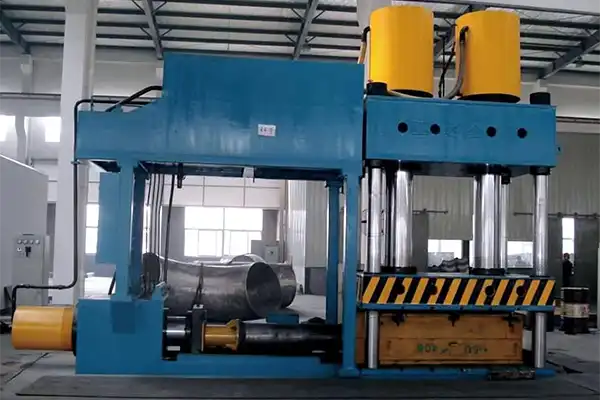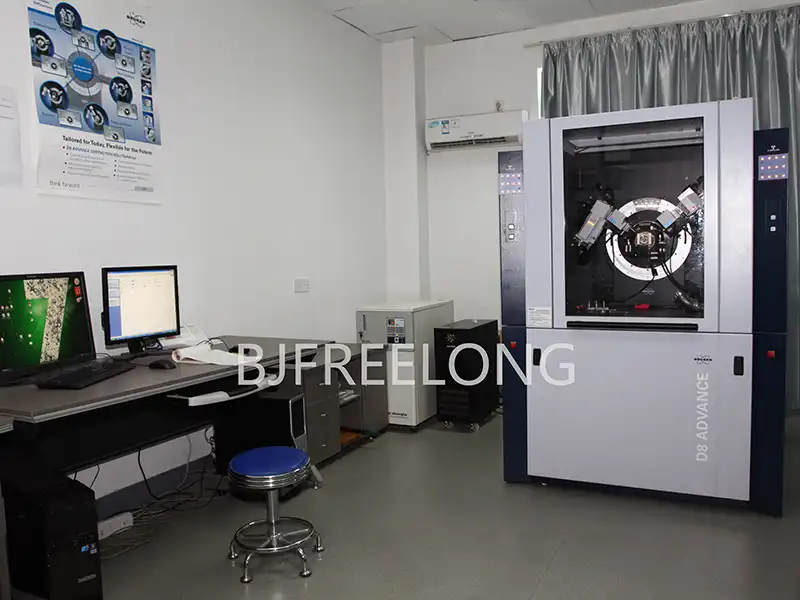- English
- French
- German
- Portuguese
- Spanish
- Russian
- Japanese
- Korean
- Arabic
- Greek
- German
- Turkish
- Italian
- Danish
- Romanian
- Indonesian
- Czech
- Afrikaans
- Swedish
- Polish
- Basque
- Catalan
- Esperanto
- Hindi
- Lao
- Albanian
- Amharic
- Armenian
- Azerbaijani
- Belarusian
- Bengali
- Bosnian
- Bulgarian
- Cebuano
- Chichewa
- Corsican
- Croatian
- Dutch
- Estonian
- Filipino
- Finnish
- Frisian
- Galician
- Georgian
- Gujarati
- Haitian
- Hausa
- Hawaiian
- Hebrew
- Hmong
- Hungarian
- Icelandic
- Igbo
- Javanese
- Kannada
- Kazakh
- Khmer
- Kurdish
- Kyrgyz
- Latin
- Latvian
- Lithuanian
- Luxembou..
- Macedonian
- Malagasy
- Malay
- Malayalam
- Maltese
- Maori
- Marathi
- Mongolian
- Burmese
- Nepali
- Norwegian
- Pashto
- Persian
- Punjabi
- Serbian
- Sesotho
- Sinhala
- Slovak
- Slovenian
- Somali
- Samoan
- Scots Gaelic
- Shona
- Sindhi
- Sundanese
- Swahili
- Tajik
- Tamil
- Telugu
- Thai
- Ukrainian
- Urdu
- Uzbek
- Vietnamese
- Welsh
- Xhosa
- Yiddish
- Yoruba
- Zulu
ASTM B861 Titanium Tube
Brand: FRL metal
Density: 4.51g/cm³
Grade: Gr1, Gr2, Gr3, Gr4, Gr5, Gr7, Gr9
Standard: ASTM B861
Advantages: High strength and corrosion resistance
Certification: ISO9001
Delivery time: 7-15 days
Packaging Details: Plywood case
ASTM B861 Titanium TubeSpecifications
Grade:Gr1,Gr2,Gr3,Gr5,Gr7,Gr9,
OD:1mm-300mm
WT:0.3mm-15.24mm
L:within 18Meters
Standard:ASTM B861
Surface Treatment:polished or according to customer's requirement.
ASTM B861 Titanium Tube picture display
 |
 |
 |
Chemical Composition
|
N |
C |
H |
Fe |
O |
Al |
V |
Pd |
Mo |
Ni |
Ti |
|
|
Gr 1 |
0.03 |
0.08 |
0.015 |
0.20 |
0.18 |
/ |
/ |
/ |
/ |
/ |
bal |
|
Gr 2 |
0.03 |
0.08 |
0.015 |
0.30 |
0.25 |
/ |
/ |
/ |
/ |
/ |
bal |
|
Gr 5 |
0.05 |
0.08 |
0.015 |
0.40 |
0.20 |
5.5~6.75 |
3.5~4.5 |
/ |
/ |
/ |
bal |
|
Gr 7 |
0.03 |
0.08 |
0.015 |
0.30 |
0.25 |
/ |
/ |
0.12~0.25 |
/ |
/ |
bal |
|
Gr 9 |
0.03 |
0.08 |
0.015 |
0.25 |
0.15 |
2.5~3.5 |
2.0~3.0 |
/ |
/ |
/ |
bal |
|
Gr12 |
0.03 |
0.08 |
0.015 |
0.30 |
0.25 |
/ |
/ |
/ |
0.2~0.4 |
0.6~0.9 |
bal |
Common titanium grades covered in ASTM B861 are as follows
| Grade | Alloy Type | Description | Main Applications |
| Grade 1 | Commercially Pure Titanium | Softest CP grade, best formability | Heat exchangers, marine tubing |
| Grade 2 | Commercially Pure Titanium | Most commonly used CP grade | General industrial tubing, piping systems |
| Grade 3 | Commercially Pure Titanium | Higher strength CP grade | Pressure vessels, structural parts |
| Grade 4 | Commercially Pure Titanium | Strongest CP grade | Aerospace tubing, surgical components |
| Grade 5 | Alpha + Beta Alloy (Ti-6Al-4V) | High strength, aerospace-grade alloy | High-performance aerospace and marine systems |
| Grade 7 | CP Ti + Pd | Excellent corrosion resistance in reducing acids | Chemical processing, chlorine environment |
| Grade 9 | Alpha + Beta Alloy (Ti-3Al-2.5V) | Moderate strength, good weldability | Aerospace hydraulic and fuel systems |
| Grade 11 | CP Ti + Pd | Enhanced corrosion resistance (Gr.1 base) | Aggressive chemical environments |
Seamless titanium tube range
OD:1.0mm-300mm
WT:0.3mm-120mm
Length: <18000mm
Material:Gr1, Gr2, Gr3, Gr4 Gr5, Gr7, Gr9, Gr11, Gr12, Gr16,Gr17, Gr23
B).Welded titanium tube range:
OD:6mm-219mm
WT:0.5mm-10mm
Length:<18000mmMaterial: Gr1,Gr2,Gr3,Gr5,Gr9
Allowable Deviation of Outer Diameter (mm)
| Outer Diameter | Allowable Deviation | Outer Diameter | Allowable Deviation |
| 3~10 | ±0.15 | >50~80 | ±0.65 |
| >10~30 | ±0.30 | >80~100 | ±0.75 |
| >30~50 | ±0.50 | >100 | ±0.85 |
Curvature of Titanium Tube
|
Outer Diameter (mm) |
Curvature (mm/m, not more than) |
|
≤30 |
3 |
|
>30~110 |
4 |
ASME GR1/2 Mechanical Properties(Composion%)
|
Tensile Strength(Mpa) |
Yield Strength0.2%(Mpa) |
Elongation(%) |
|
460 |
325 |
25 |
Application
1.Heat exchangers and condensers
2.All kinds of corrosive fluid transmission pipeline system.
3.Titanium bicycle tube,automobile exhaust pipe.
4.Offshore aquaculture.
5.U type heat exchanger coil pipe ;Condenser; petroleum pipeline ; Sea farming
6.Evaporimeter;Fluid Transporation Piping etc.
7.Chlorine alkali, spaceflight, desalination , pure alkali,vacuum salt manufacturing, aviation spaceflight,, nuclear power, petrifactionindustry, medication sports equipments.
grade 1 can be used in the deep drawing parts for its good elongation and excellent corrosion-resistance.
grade 2 is used the most widely in the commercially pure titanium.
grade 3 is almost only used in pressure vessel.
grade 4 can be use in some fittings parts and fastening pieces, but for complex shape need 300 degree celsius to form.
Alloy grade 5, Ti-6Al-4V, is the most widely used in the titanium alloys because of its comprehensive mechanical, physical and chemical properties.
Alloy grade 7, add little palladium in cp titanium and it has the most excellent corrosion-resistance. Of course it costs higher.
Alloy grade 9, Ti-3Al-2.5V, is the most widely used in the golf clubs and bicycle girders.
Alloy grade 12, it has the similar properties with the grade 7 but costs lesser.
Alloy grade 23, Ti-6Al-4V ELI (Extra Low Interstitial) can be use in the medical appliance.
Mechanical property of the titanium tube in the room temperature
|
Model Number |
Status |
Tensile Strength /Mpa |
Stretch of Specified Residual Force/Mpa |
Elongation/% (L0=50mm) |
|
GR1 |
M |
280-420 |
more than 170 |
more than 24 |
|
GR2 |
370-530 |
more than 250 |
more than 20 |
|
|
GR3 |
440-620 |
more than 320 |
more than 18 |
|
|
GR7 |
370-530 |
more than 250 |
more than 20 |
|
|
GR12 |
more than 440 |
__ |
more than 18 |
Titanium tube rolling process
ASTM B861 titanium tubes are prone to surface defects during the cold rolling process, especially internal surface cracks and folds. The mechanical properties of pure titanium largely depend on the content of interstitial elements, especially the oxygen content. The reduced oxygen content material has good plasticity and good processing performance, but this method alone does not eliminate defects such as cracks and folds on the inner surface of theASTM B861 titanium tubes on a large scale, and it is difficult to ensure the strength of the pipe. Therefore, it is necessary to analyze the rolling deformation process of thick-walled pipes with different oxygen content to find out the causes of defects. For titanium, due to the influence of work hardening, there is a positive correlation between the degree of deformation and its strength and hardness. Therefore, studying the microhardness and metallographic structure on the deformed section can indirectly display different parts on the section. The size of the degree of deformation, so as to study and analyze the rolling process.
The microstructures near the outer wall and near the inner wall of the ASTM B861 titanium tubes rolled in each pass. The deformed fibrous structure near the inner wall of the titanium pipe after each pass rolling is finer than that of the outer layer. The hardness value of the inner wall point in the hardness curve during the rolling process is greater than that of the outer wall point, which is basically the same, which also reflects the thick wall ASTM B861 titanium tubes from the side. The phenomenon of uneven deformation along the thickness direction on the cross-section during deformation. 1. In the process of deformation of thick-walled titanium pipe, the curve, especially the inner hole curve, should be gentle, and the feeding amount should be small. 2. From the analysis of the hardness distribution curve, the titanium pipe has uneven deformation along the wall thickness direction during the deformation process, and the increase in oxygen content will make this uneven phenomenon more complicated. When the deformation rate is large (35% more) and the oxygen content is low, the deformation of the interrupted surface of the thick-walled tube during the rolling process will gradually become uniform. But when the oxygen content is high, even if the pipe rolling meets the condition of large deformation rate, the deformation on the section is difficult to be uniform.
Our Packaging










About us
Baoji Freelong New Material Technology Development Co., Ltd loated in Baoji City--China's Titanium Valley,we are mainly doing Zirconium,Titanium,Nickel,Niobium,Tantalum etc metal material and other alloy's produce,OEM and Sales.and also exporting the goods what we make. we have a lot of trustful clients and partner.and also we were authority by some firms.At present,we were build our relationship with Australia,Korea,German,US,UK,Malaysia,AZ,Middle East,Taiwan,Etc. Our company always take the quality and service as our responsibility,We always get close even match the quality what our customer wanted and as for quality,we never say no and no reason for quality failure.
Our Factory
 |
 |
 |
 |
 |
Production Equipment


















Testing Equipment






WhatsApp&Wechat: 86 13571190943
E-mail: jenny@bjfreelong.com
Address: No.188. Gaoxin Ave, Baoji City, Shannxi, China.

Learn about our latest products and discounts through SMS or email
_1745892377585.webp)
_1745896844079.webp)
_1759026851862.png)
_1745287206690.webp)